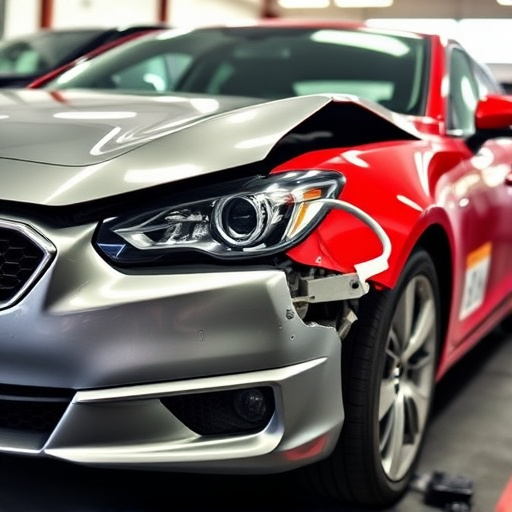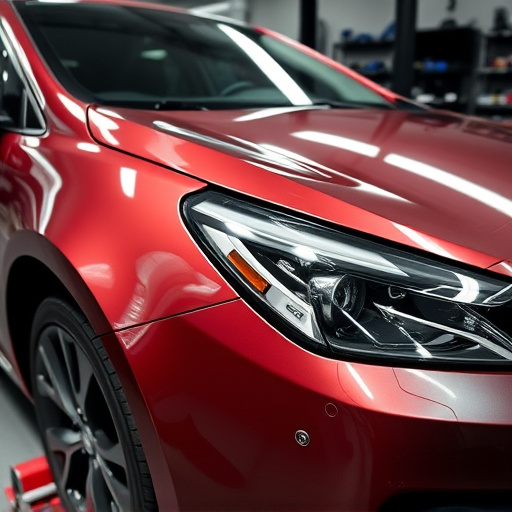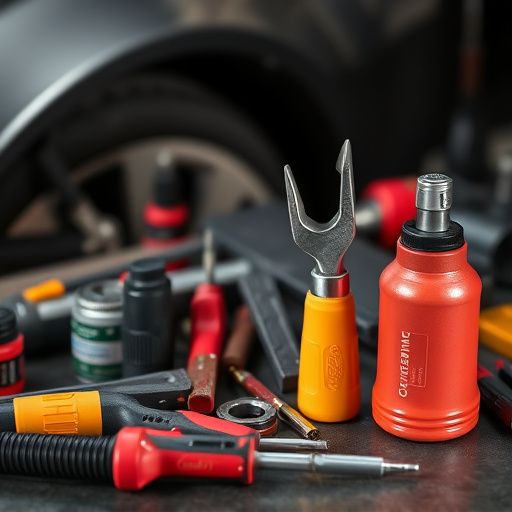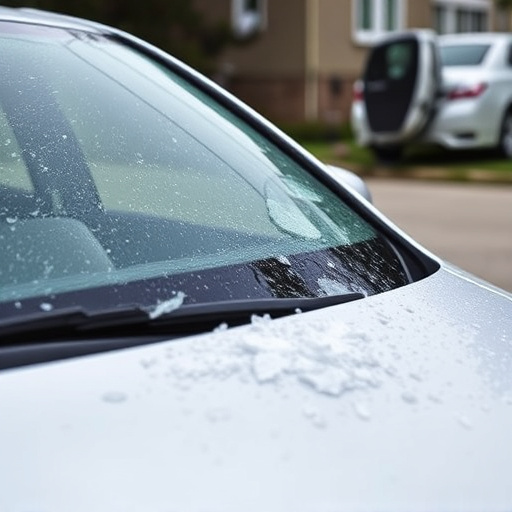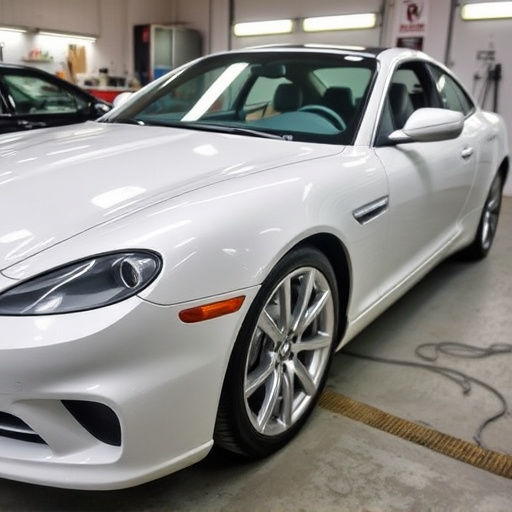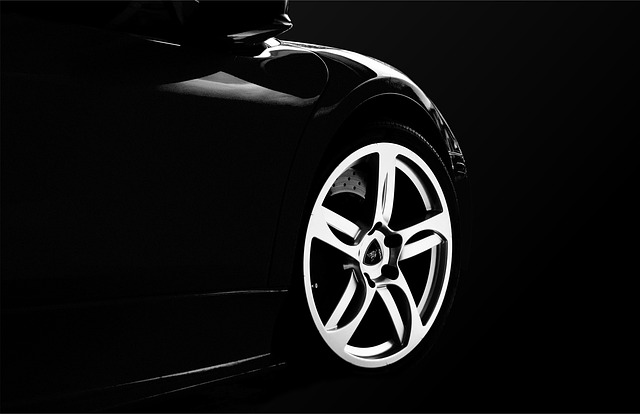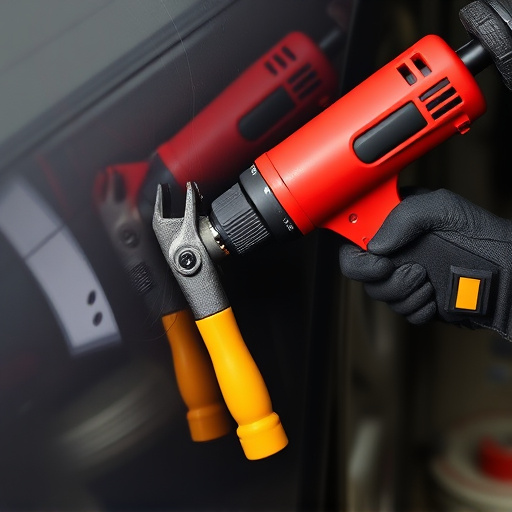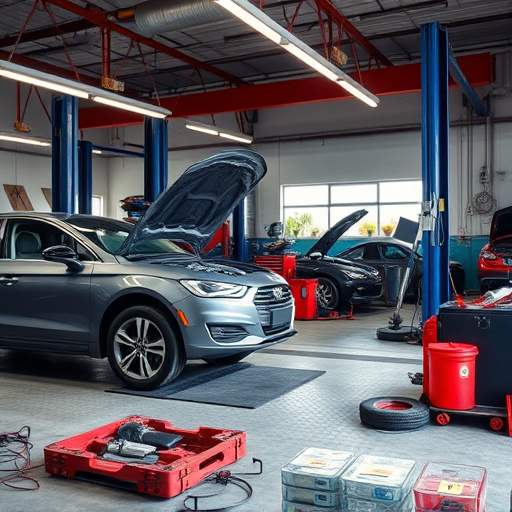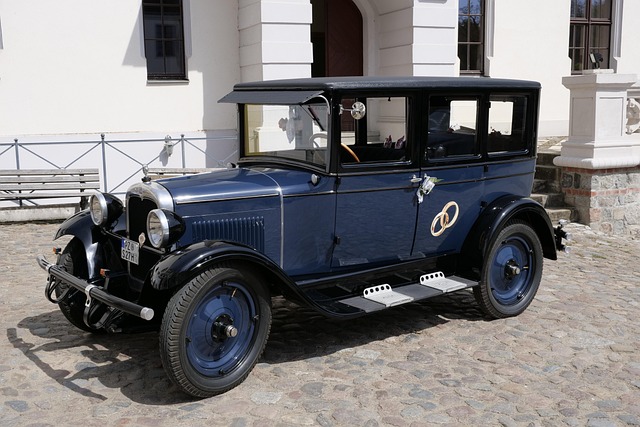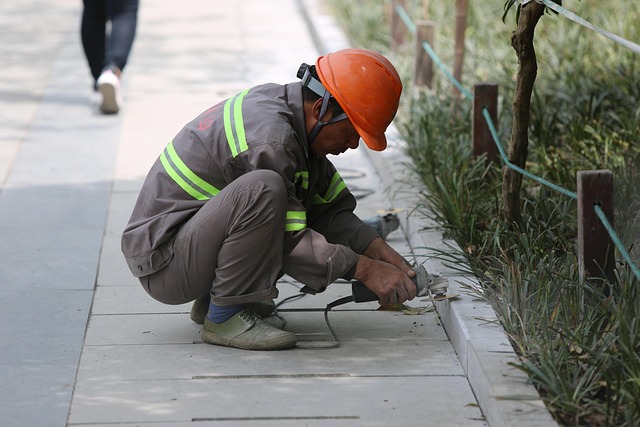Windshield calibration is essential for maintaining vehicle safety and clarity, especially for advanced driver assistance systems (ADAS). Regular calibration enhances features like adaptive cruise control and preserves structural integrity after repairs. Choosing the right tools, considering precision requirements, and investing in high-quality kits ensures accurate results. Advanced techniques, including dynamic calibration and auto body restoration software, simulate diverse weather conditions to test windshields' durability and safety.
In the realm of automotive precision, windshield calibration is paramount for ensuring optimal visibility and driver safety. This article delves into advanced tips for mastering this critical process using calibration tools. We’ll explore the fundamentals of windshield calibration, guide you in selecting the right tools for unmatched accuracy, and unveil sophisticated techniques to elevate your calibration expertise. Discover how these practices transform your windshields from mere glass to crystal-clear windows to the road ahead.
- Understanding Windshield Calibration: The Basics
- Choosing the Right Calibration Tools for Optimal Accuracy
- Advanced Techniques for Effective Windshield Calibration
Understanding Windshield Calibration: The Basics
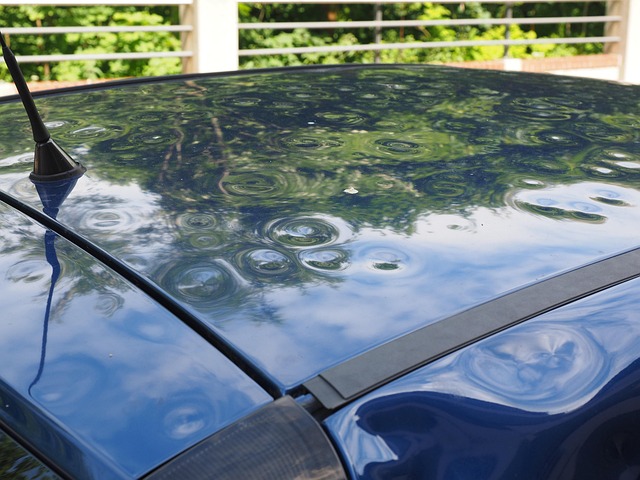
Windshield calibration is a precise process that ensures your vehicle’s glass surface is free from imperfections and distortion, enhancing safety and visibility. It involves adjusting and fine-tuning the alignment of your windshield to meet manufacturer specifications. This is particularly crucial for modern cars with advanced driver assistance systems (ADAS) that rely on clear, accurate data from sensors mounted on the windshield.
Proper calibration guarantees that these sensors function optimally, enabling features like adaptive cruise control, lane departure warning, and forward collision avoidance. Regular calibration also plays a vital role in maintaining the structural integrity of your windshield after incidents like dent removal or car repair services at a collision center. By addressing any misalignments early on, you contribute to the long-term performance and safety of your vehicle’s glass components.
Choosing the Right Calibration Tools for Optimal Accuracy
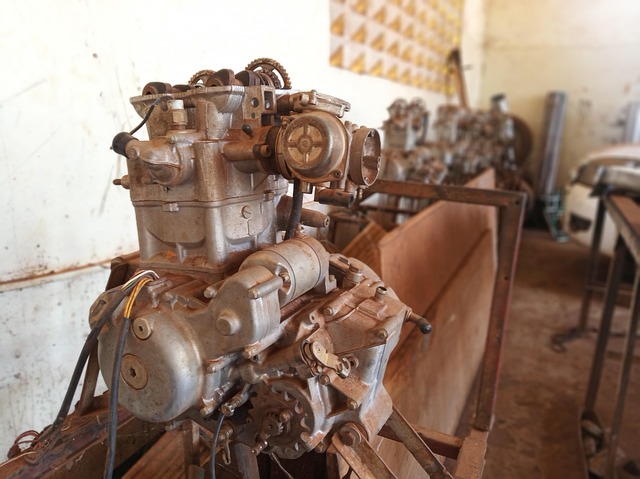
When it comes to windshield calibration, selecting the appropriate tools is paramount for achieving precise and accurate results. The right calibration tools can ensure that your vehicle’s windshield is perfectly aligned, enhancing both driving safety and aesthetics in auto detailing. Consider factors like the type of windshields you’ll be working on and the level of precision required; some tools are designed for basic frame straightening while others cater to intricate repairs.
For optimal accuracy, choose calibration kits that offer a range of measurement capabilities, especially if you’re dealing with varying vehicle models and body types. Advanced tools often incorporate state-of-the-art sensors and software algorithms to account for various environmental factors, ensuring consistent results across different conditions. Remember, the investment in high-quality calibration tools will pay off in the long run by promoting excellence in vehicle bodywork and auto detailing services.
Advanced Techniques for Effective Windshield Calibration
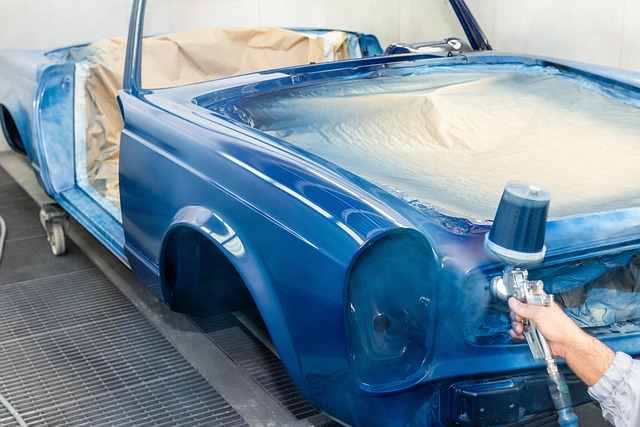
In the realm of automotive precision, windshield calibration stands as a cornerstone for ensuring optimal visibility and driver safety. Advanced techniques go beyond basic setup to leverage the full potential of calibration tools. One such technique involves utilizing specialized sensors that mimic various weather conditions, allowing technicians to test the windshield’s performance under different scenarios. This method, known as dynamic calibration, provides valuable data on how the windshield interacts with rain, snow, and hail, ensuring it functions flawlessly in any climate.
Moreover, integrating auto body restoration software into the calibration process offers a comprehensive solution. This technology enables detailed analysis of the windshield’s structural integrity, identifying microscopic flaws that might go unnoticed during manual inspections. By combining these advanced techniques, auto body shops can deliver not just visually clear windshields but also those with enhanced durability, thereby contributing to overall car damage repair and safety in various driving conditions.
In conclusion, mastering windshield calibration through understanding its basics, selecting the appropriate tools, and employing advanced techniques ensures optimal accuracy in vehicle repair and maintenance. By following these tips, professionals can enhance their skills, providing better services that preserve visibility, safety, and vehicle aesthetics. Effective windshield calibration is a key aspect of modern automotive care, ensuring drivers enjoy clear views while on the road.
